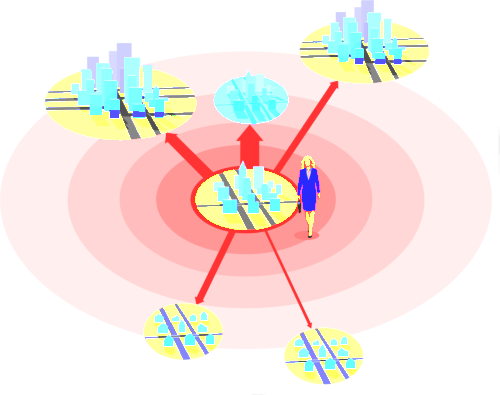Comparison of alternative models of human movement and the spread of disease

The ability to predict how infectious disease will spread is of great importance in the face of the numerous emergent and re-emergent pathogens that currently threatening human well-being. We identified a variety of alternative models that predict human mobility as as a function of population distribution across a landscape. These consider some models that account for pair-wise interactions between population centers, as well as some that allow for higher-order interactions. We trained the models using a uniquely rich spatiotemporal data set on pre-vaccination measles in England and Wales (1944–65), which comprises more than a million records from 954 cities and towns. Likelihood rankings of the different models reveal strong evidence for higher-order interactions in the form of competition among cities as destinations for travelers and, thus, dilution of spatial transmission. The currently most commonly used so-called `gravity’ models were far from the best in capturing spatial disease dynamics.
